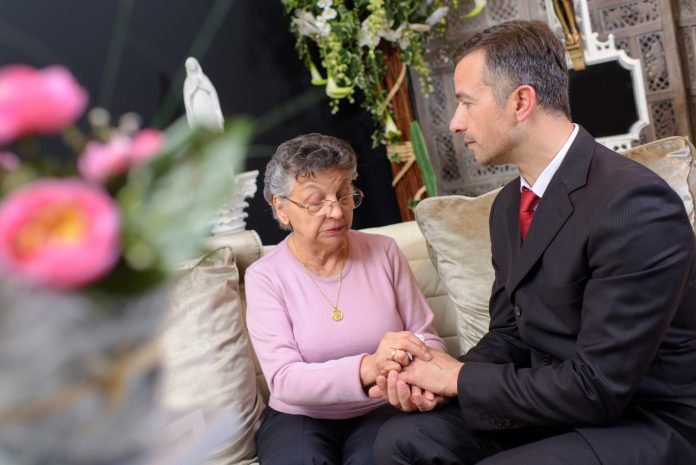Last Updated on March 18, 2022 by
Many Americans can’t afford final expenses for themselves or their loved ones. As if they didn’t have enough to worry about, folks often find themselves unprepared when they’re suddenly responsible for planning a funeral.
Apart from the emotional challenge, planning a funeral is no easy task. For more details, take a look at this guide to the basics of how to plan a funeral.
Table of Contents
1. Picking a Kind of Final Disposition
If the deceased’s final wishes don’t include a disposition method, you have a wide range of options to pick from. Methods include chemical embalming, burial, and cremation, as well as many more lesser-known choices.
Innovative and eco-conscious people may consider a “green” burial without chemical embalming or non-decomposing materials. Or, learn some more info about cremation, a less-expensive option than most burials. Cremation also opens new memorial avenues, as you’ll read next.
2. Keeping Your Loved One Close
You may put some of a cremated loved one’s ashes into a container, necklace—or even have a company press them into manmade diamonds.
Using cremation in this way helps some cope. Keeping the ashes makes the funeral a somewhat softer parting for them.
3. Choosing a Kind of Funeral Service
Everyone’s heard someone wish for a specific funeral service and features before passing and perhaps expressed personal desires. You or others funeral planning may know the deceased’s wishes. You might otherwise find them in legal documents.
If you don’t know what the deceased wanted, the funeral service could follow traditions of one’s culture, religion, or spiritual beliefs. Alternately, you might avoid missteps by holding a simple, secular service.
4. Navigating Funeral Planning Challenges
You may have to navigate choppy waters if parties argue over their religious and cultural preferences. Hiring a mediator is the best way to attempt to both please everyone and respect final wishes in these cases.
Depending on your resources and the chosen funeral type, the cost may play a large role. There are some ways to soften the blow of funeral costs.
For example, consider: putting money aside far in advance, reserving funeral plots, and being realistic about costly aspects you may need to cut are a few of many preparation tactics.
5. Viewing or No Viewing?
Another emotional, sometimes controversial decision is whether to hold a viewing, during which the funeral home displays the body for attendees to say goodbye. To some, it’s an essential part of putting someone to rest. Others don’t want to think about corpses, much less to see them.
You might also skip it due to embalming, a lack thereof, or the cause of death. Other times, a preference to remember loved ones as they were in life makes viewings unnecessary.
Prepare for Planning a Funeral and Other Life Events
If you keep these basics of planning a funeral in mind, you won’t hit a learning curve when someone passes. Being in the know lets you take time to remember and grieve instead of scrambling to plan without any laid groundwork.
Prepare for other major life events and day-to-day needs by checking out our other articles. We have a broad selection of facts and tips to keep you up-to-date and make your life more productive and enjoyable. Click on another article to grow your mind and skillset today.



























